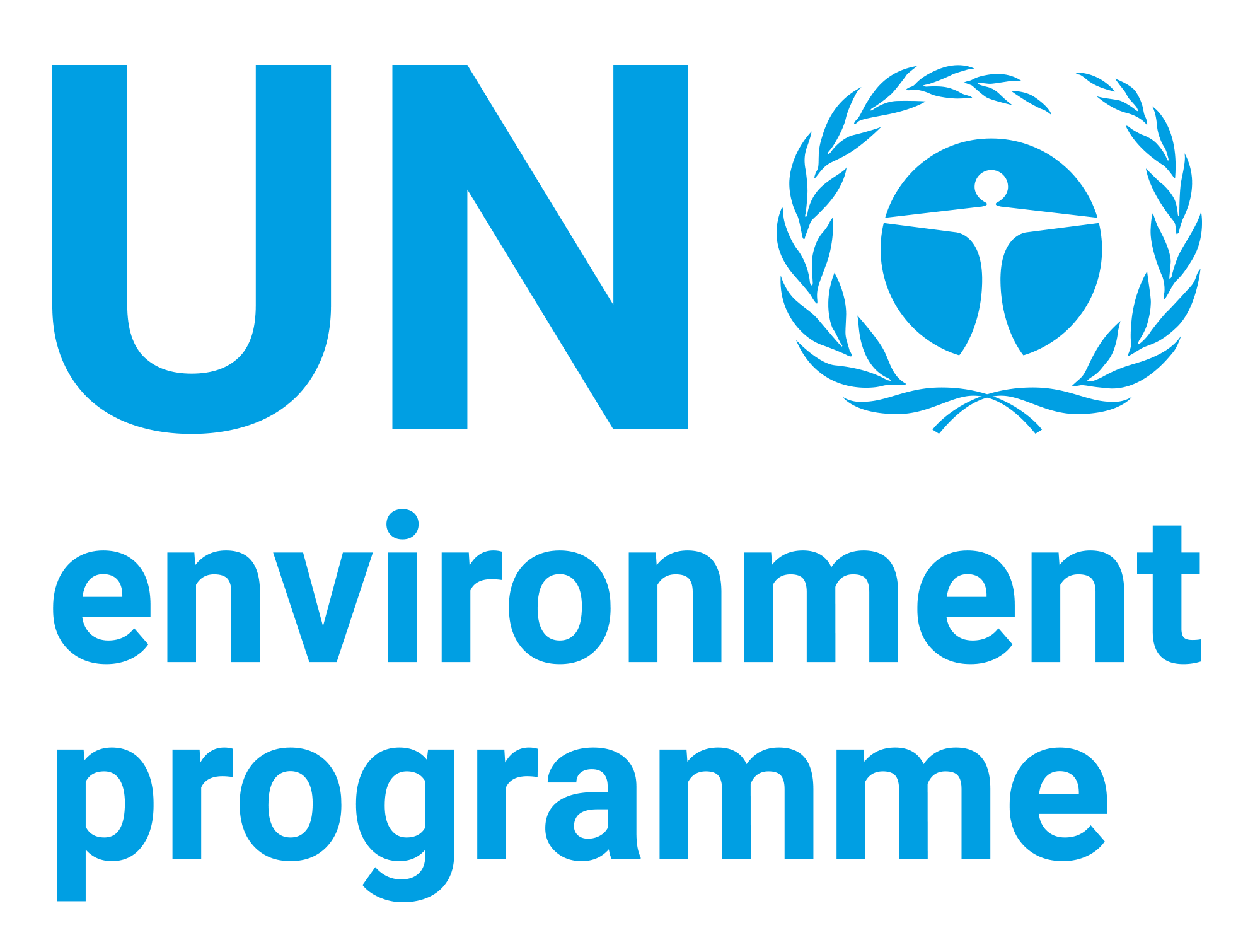WHO guidelines for indoor air quality: selected pollutants

Date
2010Author
World Health Organization
Citation Tool
Bibliographic Managers
RT Generic T1 WHO guidelines for indoor air quality: selected pollutants A1 World Health Organization YR 2010 LK https://wedocs.unep.org/20.500.11822/8676 PB WHO AB TY - GEN T1 - WHO guidelines for indoor air quality: selected pollutants AU - World Health Organization Y1 - 2010 UR - https://wedocs.unep.org/20.500.11822/8676 PB - WHO AB - @misc{20.500.11822_8676 author = {World Health Organization}, title = {WHO guidelines for indoor air quality: selected pollutants}, year = {2010}, abstract = {}, url = {https://wedocs.unep.org/20.500.11822/8676} } @misc{20.500.11822_8676 author = {World Health Organization}, title = {WHO guidelines for indoor air quality: selected pollutants}, year = {2010}, abstract = {}, url = {https://wedocs.unep.org/20.500.11822/8676} } TY - GEN T1 - WHO guidelines for indoor air quality: selected pollutants AU - World Health Organization UR - https://wedocs.unep.org/20.500.11822/8676 PB - WHO AB -View/Open
Item Statistics
Display item statisticsMetadata
Show full item recordDescription
This book presents WHO guidelines for the protection of public health from a number of chemicals commonly present in indoor air. The substances considered benzene, carbon monoxide, formaldehyde, naphthalene, nitrogen dioxide, polycyclic aromatic hydrocarbons (especially benzo[a]pyrene), radon, trichloroethylene and tetrachloroethylene have indoor sources, are known for their hazardousness to health and are often found indoors in concentrations of concern to health. For each substance, the chapter covers a general description, the sources and pathways of exposure, the indooroutdoor relationship, kinetics and metabolism, the health effects, a health risk evaluation, the guidelines, a summary box and references.These guidelines are targeted at public health professionals involved in preventing the health risks of environmental exposures, as well as at specialists and authorities involved in the design and use of buildings, indoor materials and products. They provide a scientific basis for legally enforceable standards.
Collections
Document Viewer
To read more, scroll down below.

